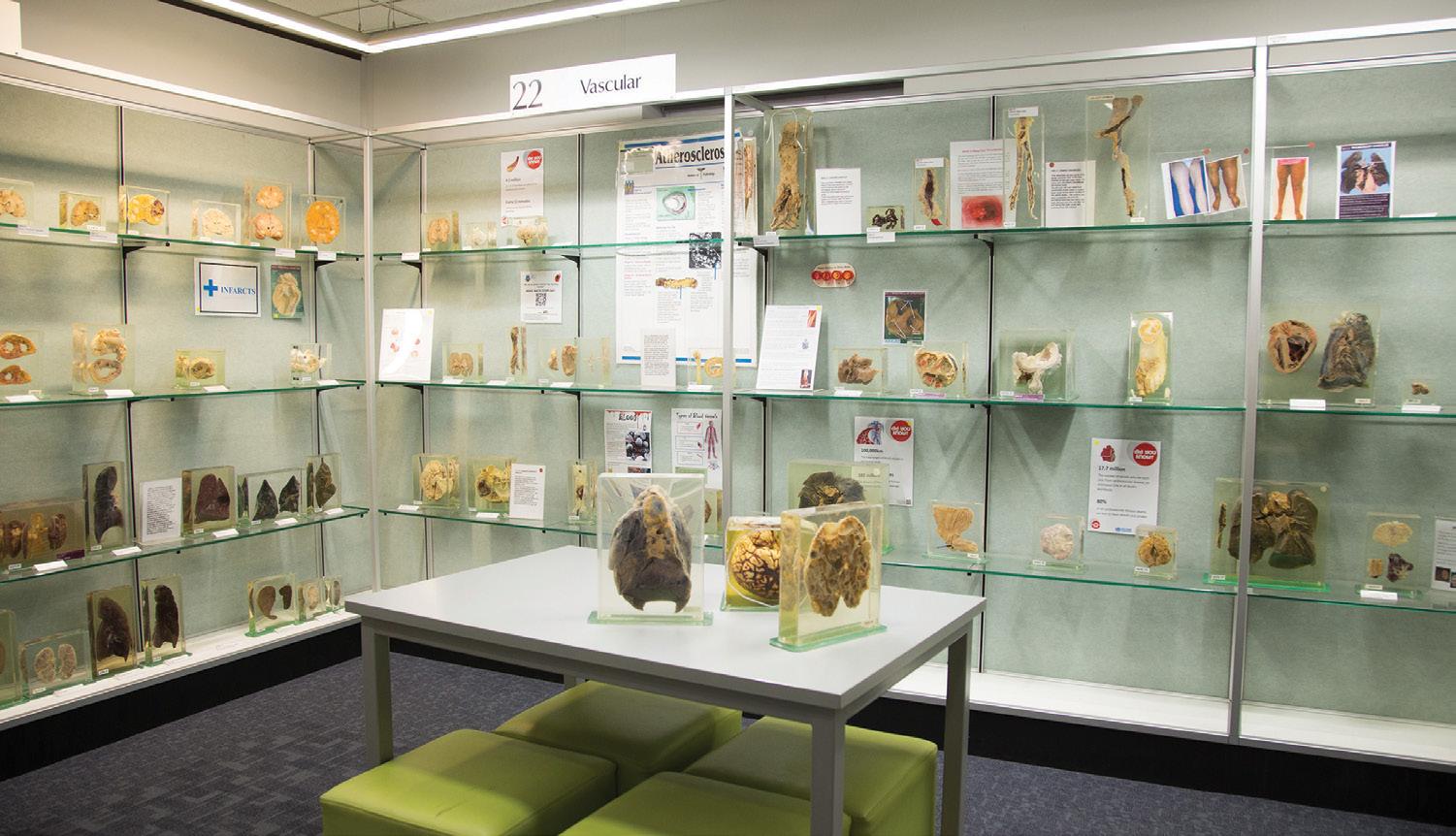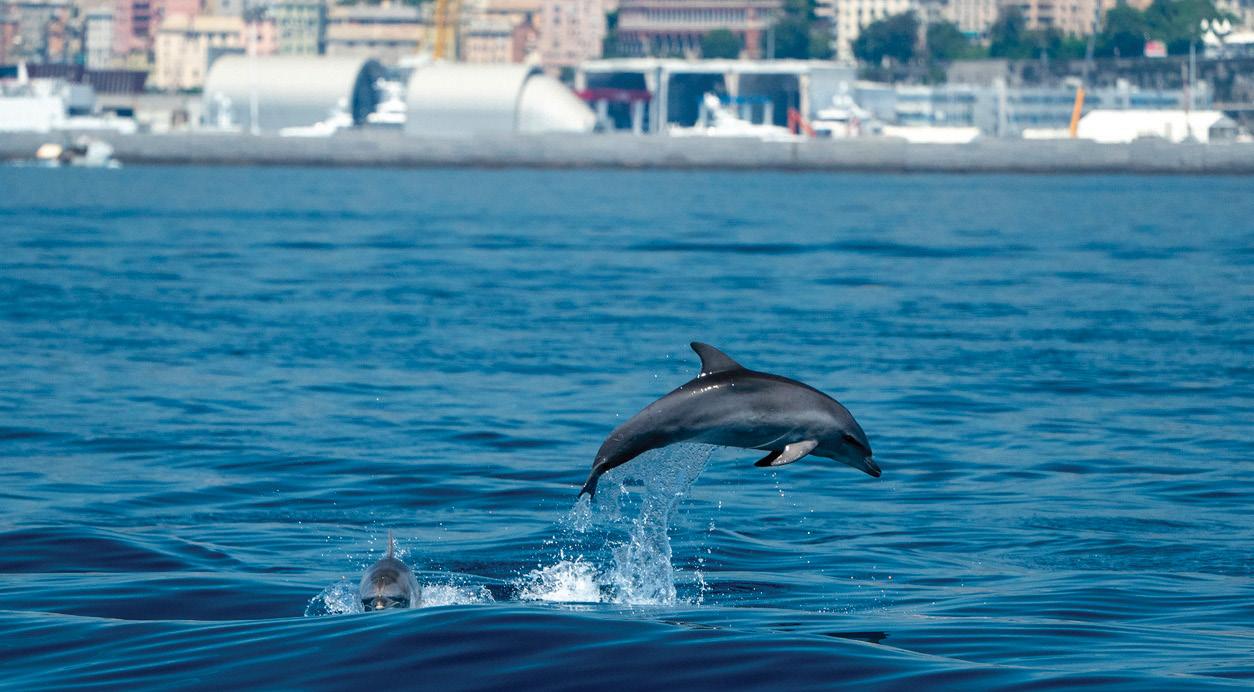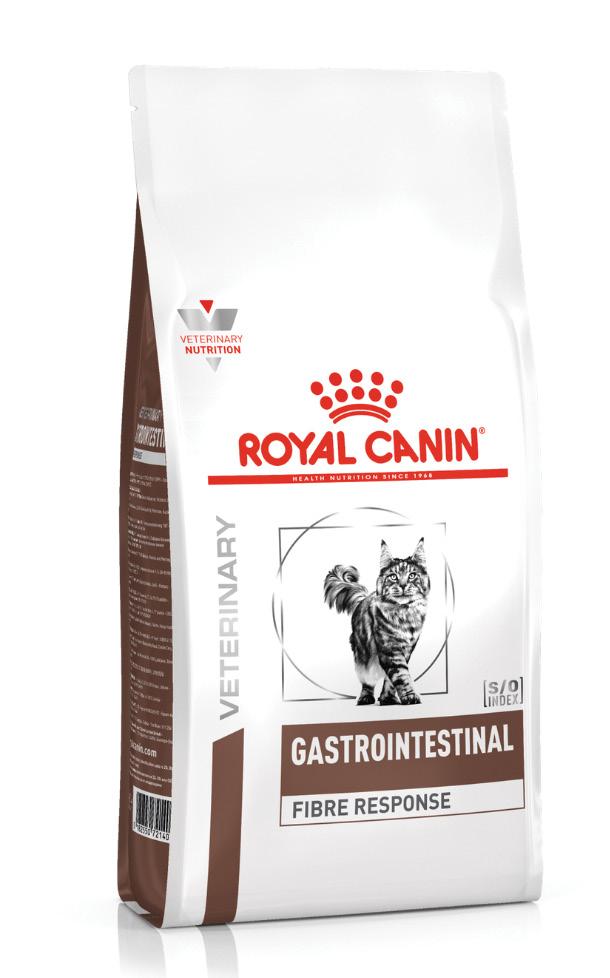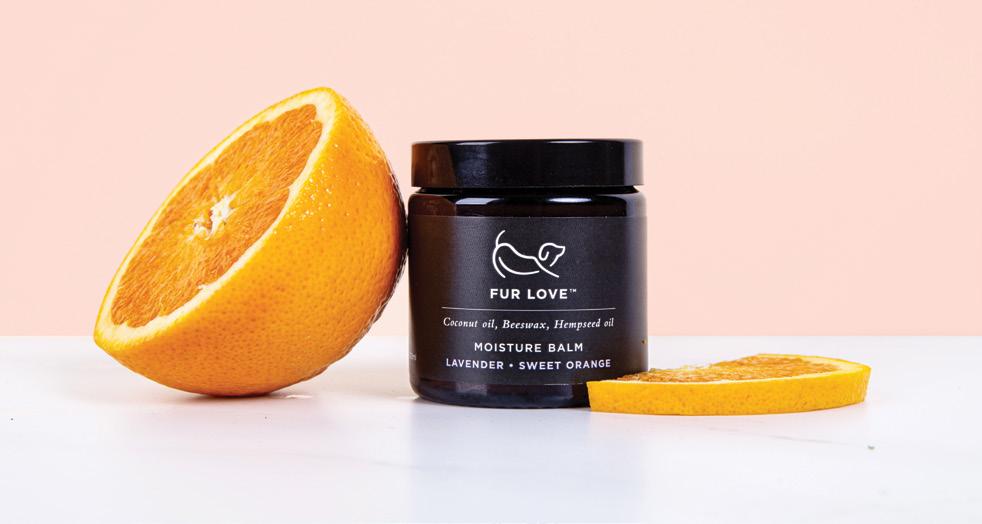
10 minute read
News
by VetScript
NATIONAL OFFICE UPDATE
The NZVA represented the membership in the following ways this past month.
Advertisement
Supporting regional network meetings. The veterinary team presented drafts of new policies and positions to the standards committee and outlined the new framework for that process. The NZVA attended the Farm to Processor Animal Welfare Forum, a biannual primary sector meeting to discuss animal welfare issues including drought, disruptions resulting from COVID-19 and future options for carcass disposal. The NZVA Chief Veterinary Officer (CVO) provided veterinary advice to the Visionary Vet Group Meeting (Pāmu). The NZVA CVO and other stakeholders, including practising veterinarians, reviewed the animal welfare section of the VCNZ Code of Professional Conduct. The NZVA CVO attended the Companion Animal New Zealand board meeting, where primary concerns were urban animal management and companion animal welfare. The NZVA is a support agency in the national emergency response, and as part of this the NZVA CVO attended the animal welfare subfunction meeting. The NZVA, VCNZ, the Ministry for Primary Industries (MPI) and Massey University met to share information as part of the Monthly Veterinary Leaders Meeting. The NZVA attended the Greyhound Racing New Zealand Animal Welfare Committee meeting – the NZVA CVO sits on the committee, addressing key issues in the Hansen Report. The NZVA veterinary team attended the Companion Animal Veterinarians special interest branch Executive Committee meeting, where they are working to support companion animal veterinarians and their practice. The NZVA attended several Winter Grazing Action Group meetings. The group is working on farm system maps and meeting short-term industry expectations in all wintering systems. The NZVA CVO attended several antimicrobial resistance meetings with regulators and the industry to discuss the issue. The NZVA CVO attended the Animal Welfare Practice Group meeting, engaging with MPI, SPCA and Crown solicitors on key points of law to set common expectations on a variety of issues and protect the profession’s interests. The NZVA CVO sits on the National Adverse Events Committee, a cross-disciplinary government group that addresses current adverse events and ensures wraparound support for affected parties. The NZVA CVO is the local Otago representative for the Otago Rural Advisory Group. She met with them to discuss general business. n
VETERINARY SCHOLARSHIP HELPS STUDENT GO FURTHER
MASSEY UNIVERSITY VETERINARY science student Kate Poole has been awarded a $2,500 scholarship from Agcarm.
Growing up on a sheep and beef farm in Tararua in southern Hawke’s Bay, Kate developed a passion for farm life. The 20-year-old wants to use her veterinary degree to evolve the country’s farming systems and better understand diseases in small animals. “I see myself working in a mixed practice environment with a whole lot of production animals around me,” she says.
Kate says she will use her scholarship to pay for the travel costs associated with clinical placements. “This means I’ll have the freedom to choose placement clinics based on my interests.”
Agcarm offers two scholarships a year (one in the field of veterinary science and one in horticulture) to support education and to raise awareness of careers in agriculture-related industries. n
VetScript
Deadlines for October 2020 issue
EDITORIAL COPY 20 August
DISPLAY AND CLASSIFIED ADVERTISING
1 September
LATE CLASSIFIED ADVERTISING
20 September
Contact the editor at: vetscript@vets.org.nz
DAYS OF NOTE
2 –8 AUGUST INTERNATIONAL ASSISTANCE DOG WEEK
8 AUGUST NATIONAL CBD DAY ( US )
9 AUGUST INTERNATIONAL DAY OF THE WORLD’S INDIGENOUS PEOPLES
15 AUGUST INTERNATIONAL HOMELESS ANIMALS DAY
20 AUGUST WORLD MOSQUITO DAY
SCHOLARSHIPS FOR CURRENT AND ASPIRING FEMALE LEADERS
SCHOLARSHIPS OF $1,000 –
$5,000 are now available to women working in veterinary science, to help them take part in online leadership development courses. The scholarships are offered by Women & Leadership New Zealand, which also runs the courses.
Applications are open to junior through to executive female managers. Recipients will benefit from course content such as learning about emotional intelligence and conflict, career and professional growth, team dynamics, how to lead innovation and change, and how to empower teams.
To find out more or register your interest, visitwww.
womenandleadership. co.nz/scholarships.html.
Expressions of interest close on 11 September. n

NIGHT AT THE VIRTUAL MUSEUM
The Museum of Human Disease at the University of New South Wales, Sydney has launched a virtual version of its museum for the general public.
THE MUSEUM –which displays real organs and body parts – has the only publicly accessible medical pathology collection in Australia. It houses more than 2,500 specimens, including lungs, brains and body tissue, that have been affected by disease.
Visitors can now roam the space virtually, seeing up-close how diseases like cancer, heart disease and obesity affect the body.
“It’s so important to understand how diseases work – especially during a pandemic,” says Museum Director Derek Williamson. “By learning more about past outbreaks and how they affect the body, we can also learn why some diseases are coming back.”
Tickets to the virtual museum are by donation to support the work of the museum. Entry is free for students and staff at the University of New South Wales.
As the museum contains real body parts, visitors are warned that the displays can be confronting for some.
The virtual museum works on all major web browsers and devices. It is also virtual reality-enabled. Tickets can be booked by searching ‘Museum of Human Disease’ on Eventbritewww.eventbrite.com.au. n
RETIRED? CONSIDER THE RVN!
THE NZVA NOW has a Retired Veterinarians Network (RVN), which replaces the previous Retired Veterinarians Branch.
The RVN provides an opportunity for veterinarians to keep in touch with colleagues at local, regional and national levels, mainly through social events. These may be bike rides, games of golf, café meetings or attending local NZVA regional branch meetings.
Importantly, the RVN provides a way for members to retain contact with the NZVA, encourages continued involvement with the organisation and offers a way for members to contribute on issues confronting the profession. Membership is free for retirees or anyone over 65 who has been an NZVA member (or member of an equivalent overseas organisation) for more than 30 years. Contact retired-veterinarians@nzva.org.nz. n
SOULSBY ONE HEALTH
FELLOWSHIPS AWARDED
FIVE VETERINARIANS HAVE been awarded a total of more than $96,000 for projects on zoonotic diseases, sustainable food production and food poverty.
The funding comes from the Soulsby Foundation – a charity that provides travelling research fellowships known as Soulsby Fellowships to medical doctors and veterinarians undertaking projects in One Health.
This is the first year the fellowships have been open to applicants from Australasia. Of the five winners, two are from the region (specifically Australia). » Juan Pablo Villanueva-Cabezas (Peter Doherty Institute for
Infection and Immunity, Australia) is studying milk production systems in Bhutan, particularly animal husbandry and food safety practices, in the hopes of improving cattle and human health by raising awareness of zoonotic disease. » Vito Colella(University of Melbourne, Australia) is determining whether targeting dogs in Cambodia is more effective in controlling hookworms in children than humantargeted strategies alone. » Lisa Cavalerie (University of Liverpool, UK and International
Livestock Research Institute, Ethiopia) is studying the benefits and risks of livestock ownership to maternal health in women in Ethiopia. The aim is to develop sustainable livestock health management to improve maternal and child health. » Mark Nanyingi(Universities of Liverpool, UK and Nairobi,
Kenya) is investigating the presence of Rift Valley fever virus in people, livestock and mosquitoes in Kenya. He aims to develop a human-animal integrated surveillance system that will inform national policy and decision-making in the event of outbreaks. » Kelsey Shaw(Emory University, US) will study schistosomiasis, also known as bilharzia, in Tanzania. The country has a high number of cases despite decades of control efforts. Kelsey’s project will investigate whether this reduced biodiversity leads to increased transmission of schistosomes to humans and livestock. Each fellowship covers travel and subsistence expenses in carrying out the project. n
To report suspected exotic land, freshwater and marine pests, or exotic diseases in plants or animals, call: 0800 80 99 66
LOCKDOWN PROVIDES RESEARCH OPPORTUNITY

A COMMENTARY PUBLISHED in Nature Ecology & Evolution suggests that worldwide lockdowns due to COVID-19 (which it calls the ‘anthropause’) could be a valuable opportunity to study the effects of human activity on wildlife.
The paper suggests pooling data from numerous field studies globally and comparing the effects on animals of different levels of lockdown restriction, including ‘control sites’ where little has changed, such as remote geographical areas.
One such project is the COVID-19 Bio-Logging Initiative (www.bio-logging.net), in which a large research group is gathering and pooling behaviour, movement and physiology data from biologgers – small devices attached to animals. One of the main questions the group wishes to answer is, “Are the movements of animals in modern landscapes predominantly affected by built structures, or by the presence of humans?”.
Having detailed and widespread data on human-wildlife interactions could help identify species that are greatly affected by human activity, as well as thresholds where human activity levels begin to have detrimental impacts on animals. n
REFERENCE: Rutz C, Loretto M, Bates AE, Davidson SC, Duarte CM, Jetz W,
Johnson M, Kato A, Kays R, Mueller T, et al. COVID-19 lockdown allows researchers to quantify the effects of human activity on wildlife. Nature Ecology & Evolution doi: 10.1038/s41559-020-1237-z, 2020
VIRTUAL VETERINARY NURSE
NOW AVAILABLE
THE VIRTUAL VETERINARY nurse, mentioned in the July issue of VetScript, has now launched. Sophie and her colleagues are digital employees who can be part of the team at your veterinary clinic.
For more information please visit www.virtualvetnurse.co.nz. n
NEW PRODUCTS
KIBBLE FOR CONSTIPATED KITTIES

ROYAL CANIN’S FIBRE Response kibble is designed for cats requiring a moderate level of fibre with a high solubleto-insoluble ratio. It’s suggested for those with constipation and megacolon from non-obstructive origins.
The kibble’s fibre content is supported with psyllium to help ease the digestive transit and encourage regularity and optimal stool consistency. It also contains enough energy to help maintain a healthy body weight.
Gastrointestinal patients often present with decreased appetite and weight loss, so a palatable diet is vital. Royal Canin says that all of its gastrointestinal tract diets are highly palatable to encourage spontaneous consumption, recovery and maintenance.
You can order Fibre Response from your Royal Canin representative or by contacting Consumer Care at 0800 420 016 or consumercare.anz@royalcanin.com. n

SOOTHING BALMS FOR ITCHY HOUNDS
FUR LOVE MOISTURE balms can be used to relieve mild allergic dermatitis in dogs – including contact dermatitis, atopic dermatitis, food-associated allergies and parasitic dermatitis. It’s a step in managing and treating skin irritations before using steroids or antibiotics.
Made with sweet almond oil, coconut oil and hemp seed oil, the balms provide an option for dog owners looking for a product that’s safe for dogs, both topically and if ingested. Fur Love moisture balms can be applied frequently to dry patches (for dogs who predictably develop skin irritations) and also used preventatively to maintain skin integrity.
RRP $35.00 (100ml), buy online from www.thefurlove.com. n
US SURVEY HIGHLIGHTS NEED FOR PET INSURANCE
HALF OF US pet owners would not be able to pay an unexpected $5,000 veterinary bill, according to a survey by pet health insurance broker Pawlicy Advisor.
The survey discovered that nearly 20% of pet owners could pay a $5,000 veterinary bill if it came up and that 30% “would seek financing options such as a loan, a credit card or a payment plan offered by the veterinarian”. The other half couldn’t cover the expenses at all.
According to company CEO and co-founder Woody Mawhinney, the findings, drawn from 20,000 people who showed an interest in pet insurance, highlighted “both the importance and the urgency of having pet insurance as COVID-19 pushes many into financial insecurity”.
Fewer than 10% of New Zealand pet owners had pet insurance in 2019, according to market research company Canstar. n
SUPPLY CHAIN AMPLIFIES CORONAVIRUS RISK
A NEW STUDY has highlighted the ease with which viruses spread and mutate in wild populations close to humans, and concludes that trade can amplify the presence of viruses like COVID-19.
The study, pre-printed on the server bioRxiv, looked at the presence and diversity of coronaviruses in animals at wildlife-human interfaces in three provinces in Vietnam between 2013 and 2014.
The researchers found at least one of six coronaviruses in 34% of field rats destined for human consumption and 75% of bats near human dwellings.
In field rats, the odds of being infected with coronavirus jumped significantly along the supply chain, with 20% of field rats caught by wild traders being infected compared to 32% in large markets and 56% in rats sold in restaurants.
The study’s authors say the results suggest “maximal risk” for end consumers. n
REFERENCE: Huong NQ, Thanh Nga NT, Van Long N, Luu BD, Latinne A, Pruvot M, Phuong NT, Vinh Quang LT, Van Hung V, Lan NT, et al.
Coronavirus testing indicates transmission risk increases along wildlife supply chains for human consumption in Viet Nam, 2013–2014. bioRxiv. doi: https://doi.org/10.1101/2020.06.05.098590, 2020










